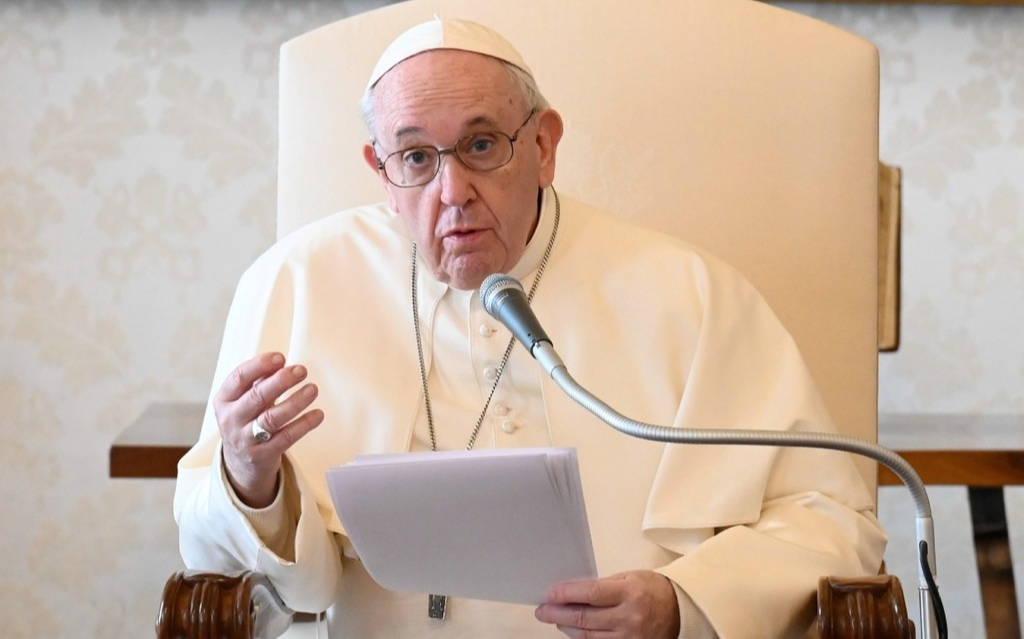Alarcón emphasized that higher education began in 2015 with 25 percent less computers in a state of obsolescence, and with its servers integrated to REDUNIV computer network through a link with a speed of 30 megabytes per second (Mbps).
Meanwhile, Francisco Lee, MES director of Computerization, told ACN that while a new state budget is approved for faster connectivity, internal adjustments allowed improving access from the beginning of the year.
We negotiated with the Cuban Telecommunication Company (ETECSA by its Spanish acronym) the division of our traffic on two channels: one internal, which can be used to send mails between Cuban entities and accessing to .cu domains, and another for foreign websites, which when decongested, the national flow runs at a speed higher by almost 25 percent, he noted.
Lee added that ETECSA also redesigned for course 2014-2015 the fees for various institutions, through which most of the universities doubled their connectivity , which is insufficient anyway because it is still of about two Mbps as average.
Another way through which our students and researchers can be kept more up to date is the channel of Scientific and Technical Information (ICT by its Spanish acronym), window through which you can access over 40,000 digital magazines worldwide, the double they could previously access, he said.
ICT requires payment by the ministry, he clarified, but it is considered a good investment because it provides much updated materials for the preparation of the degree and graduate thesis.



